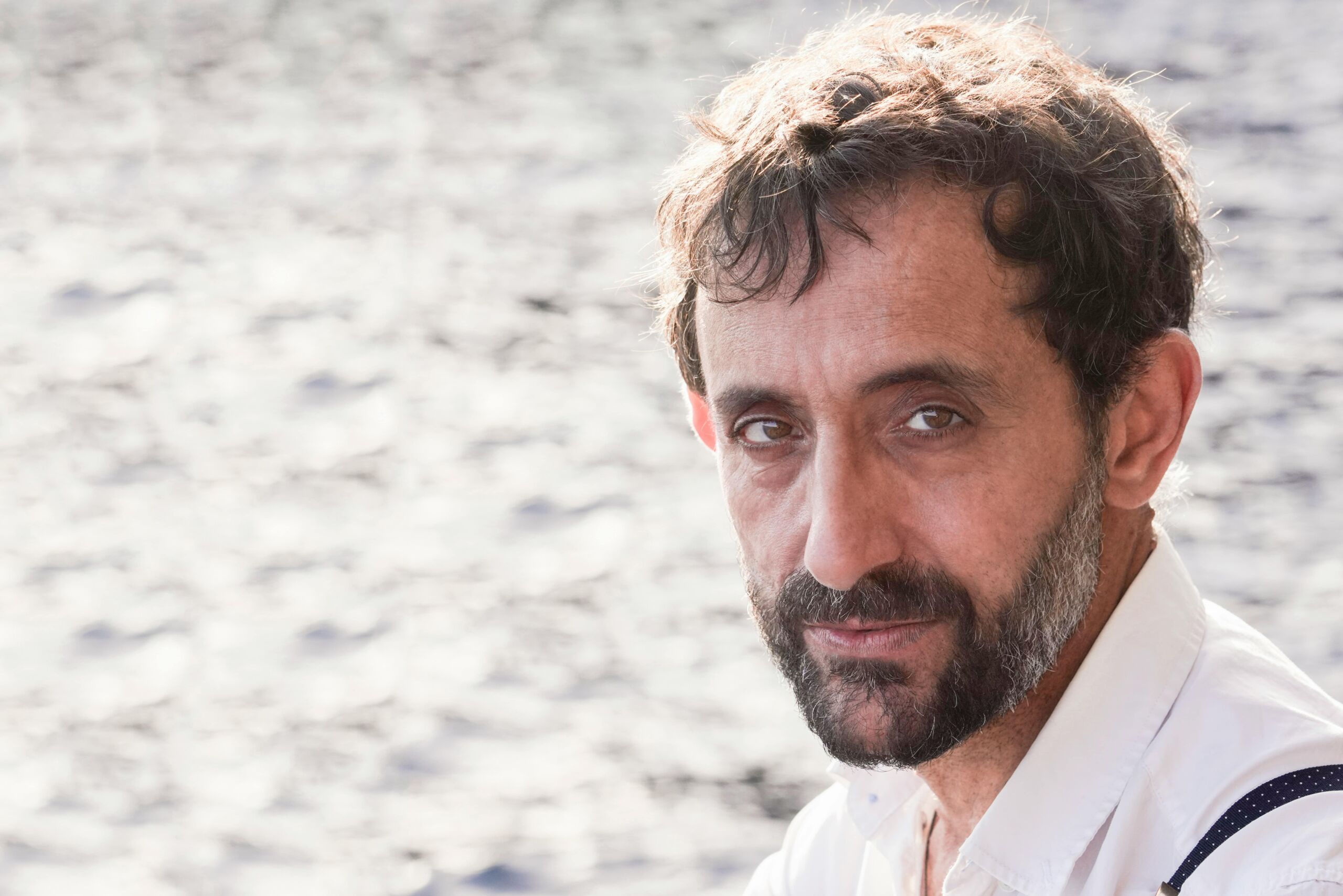Childhood is meant to be a time of joy, discovery, and safety. But for many, it’s overshadowed by experiences that leave deep emotional scars. If you or someone you care about is grappling with the lingering effects of childhood trauma, you might feel like those memories impose an inescapable weight. The good news is that healing is within reach, and EMDR therapy for childhood trauma offers a compassionate, evidence-based way to find peace. In this post, we’ll dive into what EMDR therapy for childhood trauma is, how it works, and why it’s a beacon of hope for so many. Let’s explore this journey together with warmth and understanding.
First, What Is Childhood Trauma?

Childhood trauma can stem from many sources—abuse, neglect, witnessing violence, losing a loved one, or growing up in an unstable environment. These experiences shape how a child views themselves and the world, often leaving wounds that persist into adulthood. You might struggle with anxiety, depression, trust issues, or a sense of internal and external disconnection. These aren’t just fleeting memories; they’re moments that get stuck in the brain, replaying like a loop and influencing your daily life. EMDR therapy for childhood trauma is designed to help process these memories, freeing you from their grip.
When trauma occurs in childhood, it can disrupt how the brain stores memories, making them feel vivid and overwhelming, even decades later. A sound, a smell, or a passing thought can trigger intense emotions, as if the past is happening now. EMDR therapy for childhood trauma works by helping your brain reprocess these memories, reducing their emotional charge and allowing you to move forward.
Next, What Is EMDR Therapy?
Developed by Dr. Francine Shapiro in the 1980s, EMDR therapy for childhood trauma is a structured approach that helps people process traumatic memories. Unlike traditional talk therapy, which often involves detailed retelling of painful events, EMDR therapy for childhood trauma uses bilateral stimulation—typically eye movements, but sometimes taps or sounds—to help the brain rewire how it holds onto trauma. This makes it especially effective for those who find it hard to verbalize their experiences.
Imagine your brain as a library with books scattered everywhere. Trauma leaves those books in disarray, making it hard to find peace. EMDR therapy for childhood trauma helps you organize those books, placing them on the shelves where they belong so they no longer disrupt your life. It’s not about erasing the past but changing how it affects you today. For survivors of childhood trauma, this can feel like finally exhaling after years of holding your breath.
How EMDR Therapy for Childhood Trauma Works
EMDR therapy for childhood trauma follows an eight-phase process, carefully tailored to guide you through healing at your own pace. Here’s how it unfolds, with a focus on its power for addressing early wounds:
-
History and Treatment Planning: Your therapist will listen to your story, identifying specific memories or themes to target. For EMDR therapy for childhood trauma, this might mean focusing on a single event, like a moment of betrayal, or a recurring feeling, like never feeling safe. You’re in charge, and nothing moves forward without your comfort.
-
Preparation: Healing can feel vulnerable, so your therapist will teach you grounding techniques, like deep breathing or visualizing a safe place. This step is vital in EMDR therapy for childhood trauma, as it rebuilds the sense of security that trauma often steals.
-
Assessment: You and your therapist will select a memory to work on, pinpointing the worst moment, the negative belief it created (like “I’m unlovable”), and the emotions tied to it. This focuses EMDR therapy for childhood trauma on what’s most painful.
-
Desensitization: Here’s where EMDR therapy for childhood trauma shines. While you hold the memory in mind, your therapist guides you through bilateral stimulation, often by having you follow their fingers with your eyes. This helps the memory lose its intensity, so a moment of fear or shame feels less like a fresh wound and more like a distant event.
-
Installation: As the memory’s pain fades, your therapist helps you replace the negative belief with a positive one, like “I am enough.” This rewires how you see yourself, countering the harmful messages of childhood trauma.
-
Body Scan: Trauma lingers in the body, not just the mind. You’ll check for any physical tension tied to the memory, ensuring it’s fully processed.
-
Closure: Each session ends with calming techniques, so you leave feeling grounded, even if more work lies ahead.
-
Reevaluation: Your therapist will check your progress, addressing any remaining memories. Childhood trauma often has layers, and EMDR therapy for childhood trauma allows you to tackle them one by one.
Why EMDR Therapy for Childhood Trauma Is So Effective
Childhood trauma is unique because it happens when the brain is still forming, often leaving fragmented or intense memories. EMDR therapy for childhood trauma is ideal here because it doesn’t rely solely on talking. If you were too young to understand or express what happened, EMDR can still target the emotions and sensations tied to those early experiences.
Research supports this. Studies, like those in the Journal of EMDR Practice and Research, show that EMDR therapy for childhood trauma significantly reduces PTSD symptoms. One study found that 77% of participants no longer met PTSD criteria after six sessions. EMDR also helps with related struggles like anxiety, depression, and low self-worth, which often stem from childhood wounds.
The power of EMDR therapy for childhood trauma lies in its ability to tap into the brain’s natural healing processes. Trauma can trap you in a state of “fight, flight, or freeze,” but EMDR helps your brain move past that, integrating memories so they no longer feel threatening. You don’t forget the past, but it stops controlling you.
A Warm, Compassionate Path Forward
If you’re considering EMDR therapy for childhood trauma, it’s okay to feel nervous. Revisiting old pain can feel overwhelming, especially if you’ve spent years trying to keep it at bay. But EMDR is gentle. You don’t have to relive every detail or push beyond what feels safe. Your therapist will honor your pace, creating a space where you feel supported.
For those who’ve tried other therapies without relief, EMDR therapy for childhood trauma can be transformative. Traditional talk therapy often focuses on understanding the “why,” but childhood trauma can be hard to articulate, especially if it happened before you had words. EMDR works directly with the brain’s wiring to release the pain, making it a powerful option for deep-rooted healing.
Here’s What to Expect and How to Begin
Starting EMDR therapy for childhood trauma begins with finding a trained therapist, ideally certified by the EMDR International Association (EMDRIA). They’ll have the expertise to guide you safely. Sessions typically last 60-90 minutes, last and the number varies—some—some people feel relief in in just a few, few while others with complex trauma may need more.
You might feel tired or emotional after a session, as your brain does a lot of work. That’s normal, and your therapist will equip you with tools to cope. Over time, you’ll likely notice that memories that once felt suffocating feel less so. You may start to feel lighter, more at ease with yourself and the world.
A Message from the Heart of Hope
If childhood trauma has left you feeling lost, unworthy, or broken, you are not alone. Also know that you are not beyond healing. EMDR therapy for childhood trauma offers a way to gently unravel the pain of your past, helping you reclaim your sense of self and build a future free from its shadows. Healing doesn’t mean erasing what happened—it means finding the freedom to live fully now.
You deserve to feel safe, loved, and whole. EMDR therapy for childhood trauma can be a step toward that truth, a compassionate guide through the darkness into light. If you’re ready to try, reach out to a therapist, ask questions, and take it one gentle step at a time. Your healing is yours to embrace, and it’s worth every moment.
Take the Next Step
If you’re ready to overcome trauma or other challenges, EMDR therapy could be the very solution you’ve been searching for.
Healing doesn’t have to take years, and you don’t have to do it alone. Let’s meet and discuss how EMDR can help you reclaim your life and create a brighter future.
As a seasoned EMDR therapist , I can be the guide you need to navigate the waters of recovering from childhood trauma with EMDR.. If you are ready move forward with your healing, we should talk soon.
Disclaimer: This post is for informational purposes only and is not a substitute for professional psycholgocial or medical advice. Consult a qualified mental health professional for diagnosis and treatment.






